
-
5 ways to (un)teach the canon
Read more: 5 ways to (un)teach the canonAnnelies Van Assche explores five innovative ways to challenge the dance canon and expand beyond Eurocentric narratives.

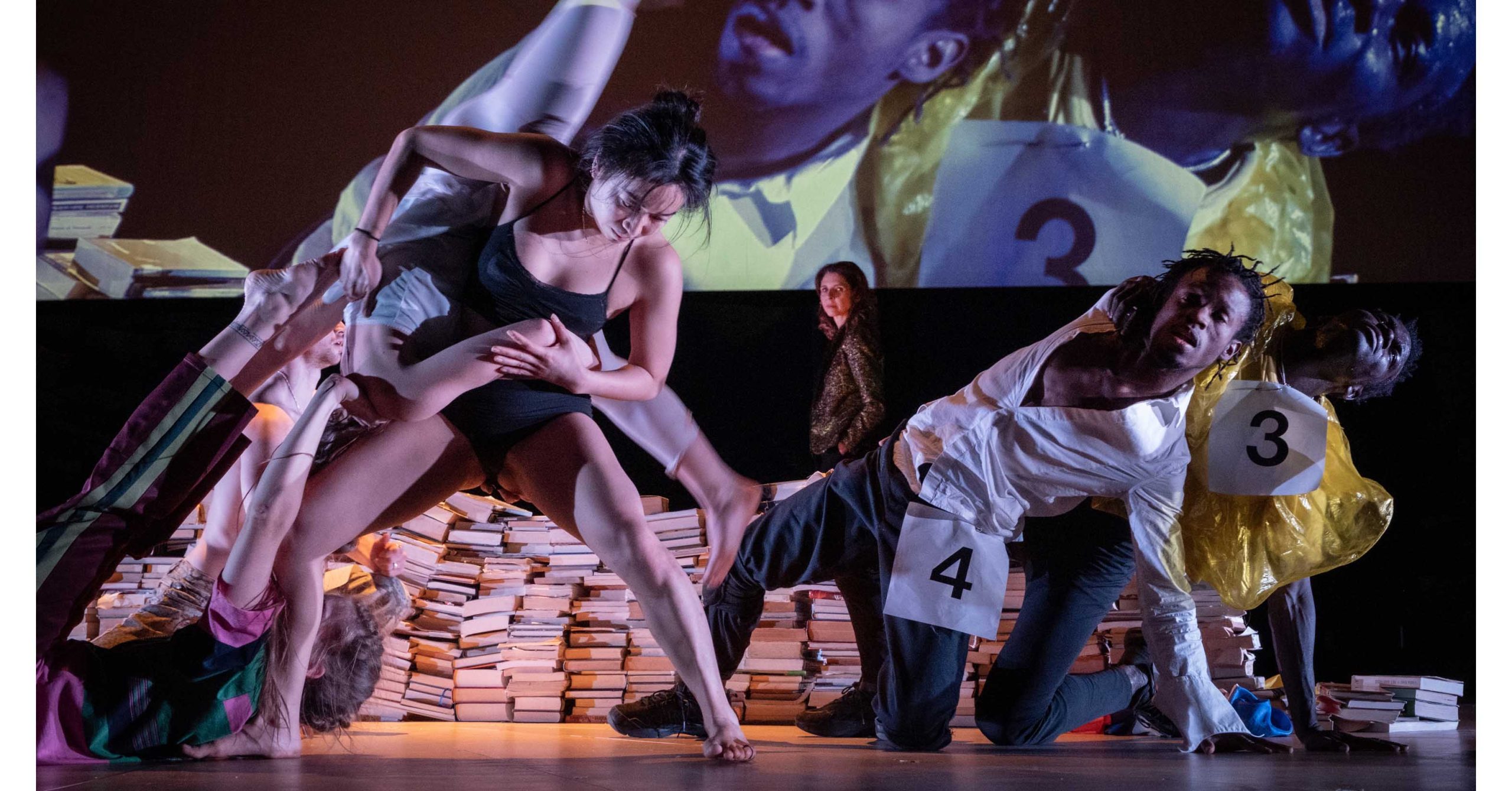
Annelies Van Assche explores five innovative ways to challenge the dance canon and expand beyond Eurocentric narratives.
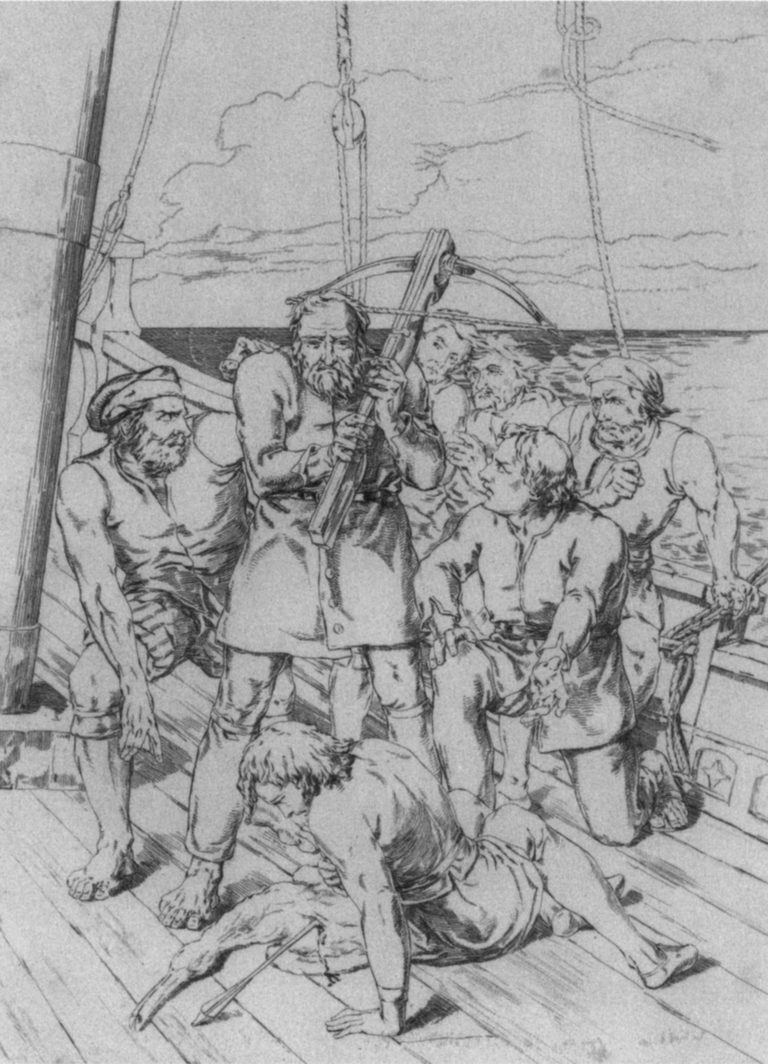
Heidi Thomson’s essay in the April 2015 issue of Romanticism considers how Wordsworth’s poem, “Song for the Wandering Jew” resists classification, particularly given its inclusion in the 1800 edition of Lyrical Ballads. Thomson argues that “the poem was a deflected…

“In its breadth of contributions by scholars and writers with a distinguished background in their respective fields, Postcolonial Springs will serve as an informed platform for debate across scholarly, political, cultural, and activist fronts. These urgencies – foremost amongst them the realities…
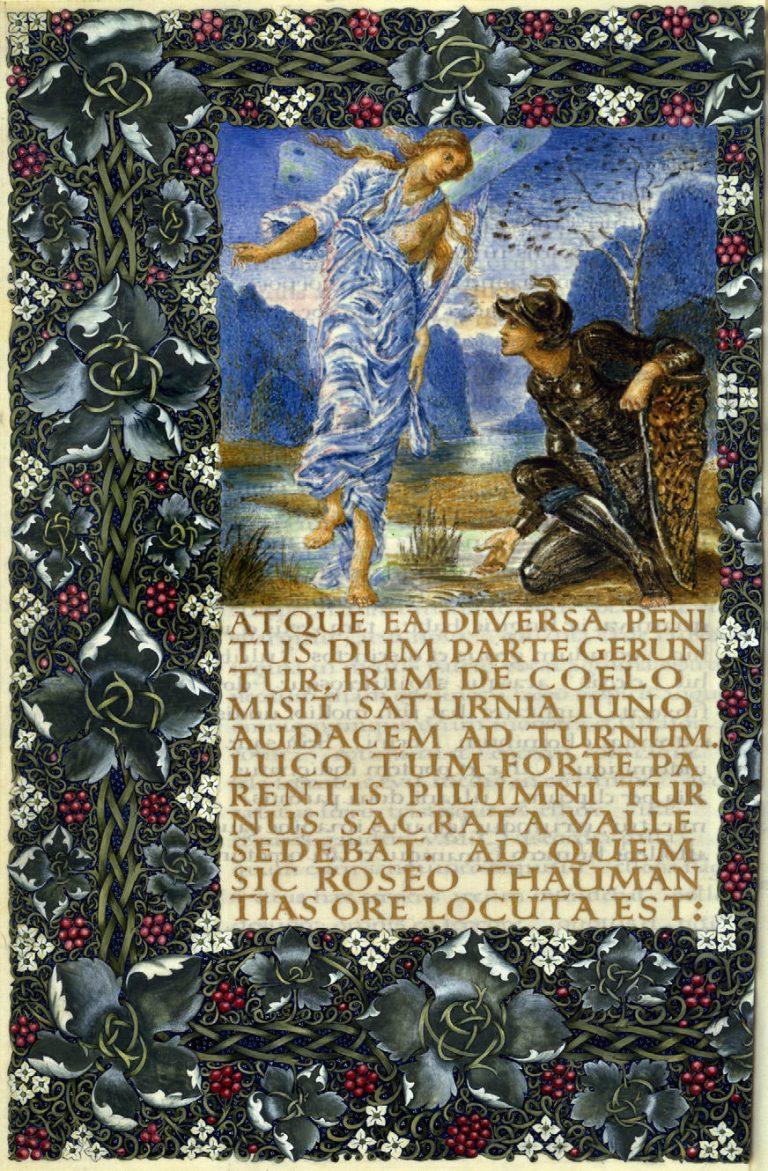
Jack Mitchell (Dalhousie University) addresses William Morris’ Aeneid translation of 1875 and explains in his article, William Morris’ Synthetic Aeneids: Virgil as Physical Object that “a key theme of Morris’ overall artistic creed, namely the need to make ideas concrete…
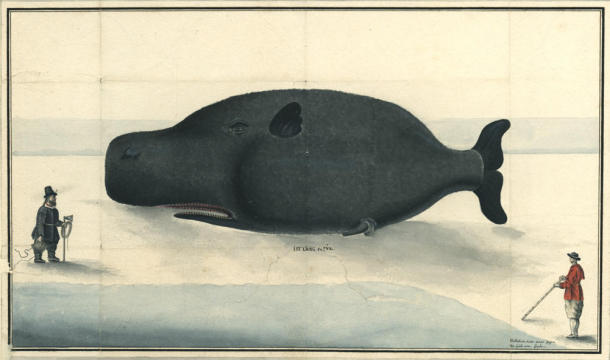
In their article from the Archives of natural history, Klaus Barthelemess and Ingvar Svanberg discuss a painting from a manuscript album, known as Kungsboken. This contains various documents of military relevance assembled during the rule of the Swedish kings Charles…

“What’s wrong with that bed, Joe?” — Samuel Beckett, Eh Joe (1965) There is something conspicuously odd about many of the everyday objects depicted in Samuel Beckett’s work. Items that are typically associated with the mundane, that usually sink into…
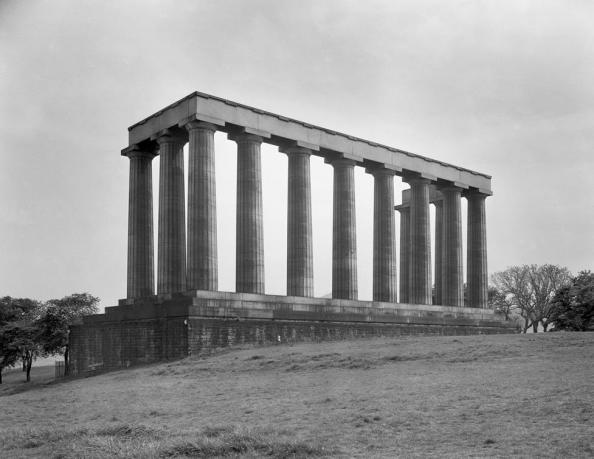
In the November 2014 edition of Architectural Heritage John Gifford explores the history, origin and alternative designs of the National Monument of Scotland. Twelve Doric columns stand on Edinburgh’s Calton Hill, witnesses to ambition, patriotism, love of the arts, respect…
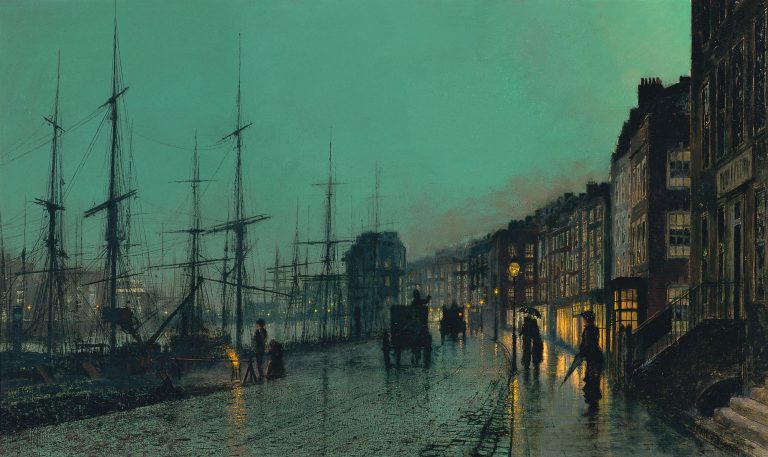
The Surrounding Burghs’ Resistance to Glasgow’s Municipal Expansion, c. 1869–1912 By the mid-nineteenth century Scotland’s industrial revolution had resulted in exponential population growth in established towns and cities, as well as the transformation of erstwhile villages into de facto towns.…
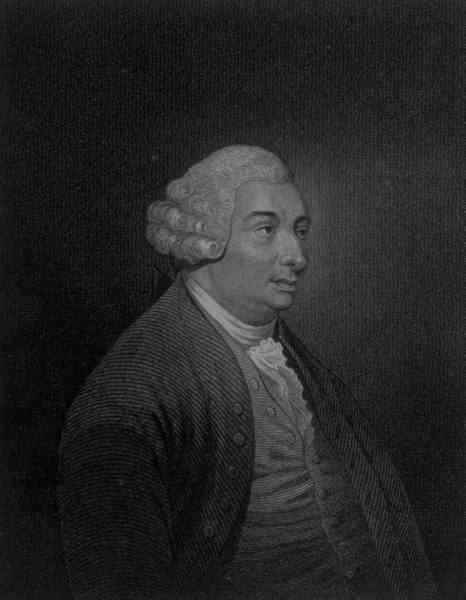
In our featured article this week, “The Absence of God and Its Contextual Significance for Hume”, David Fergusson of the University of Edinburgh sets Hume’s thoroughgoing religious scepticism within the context of the Scottish Enlightenment. Much of Hume scholarship today…

The rapid programme of school building undertaken across Glasgow by the School Boards (1873–1919) left the city with a rich legacy of architecture designed by the top architects of the day. This was in contrast to most other UK cities…

Dr. Onsando Osiemo is currently a legal practioner and researcher in Nairobi, Kenya. His areas of research are in international trade law and regional integration in Africa. He obtained his LLM and PhD degrees in international Law from the University…